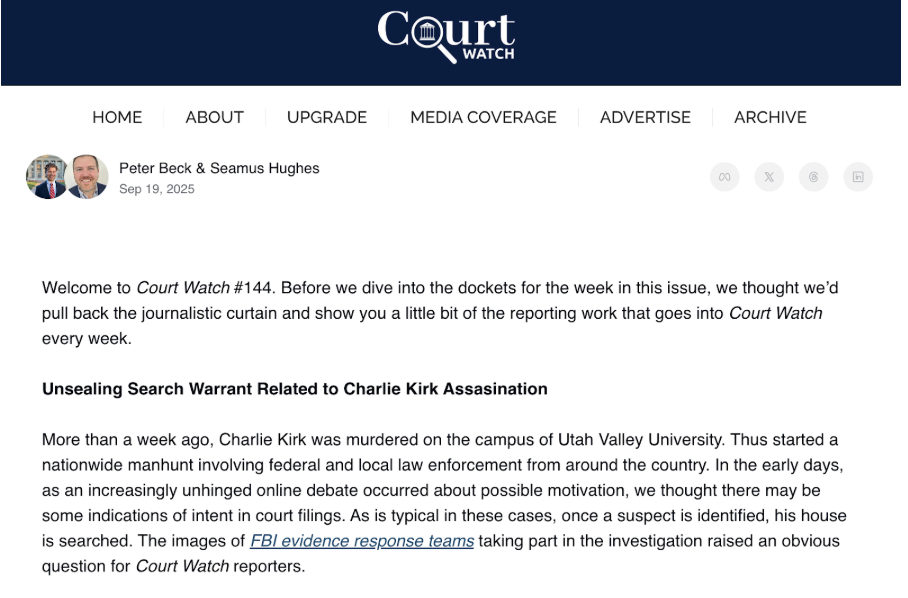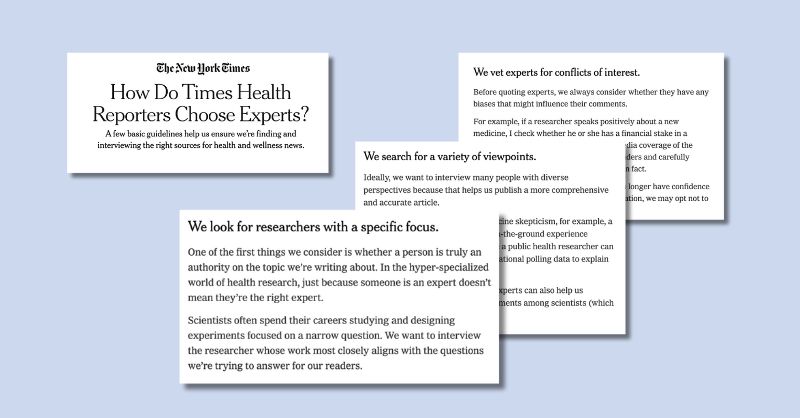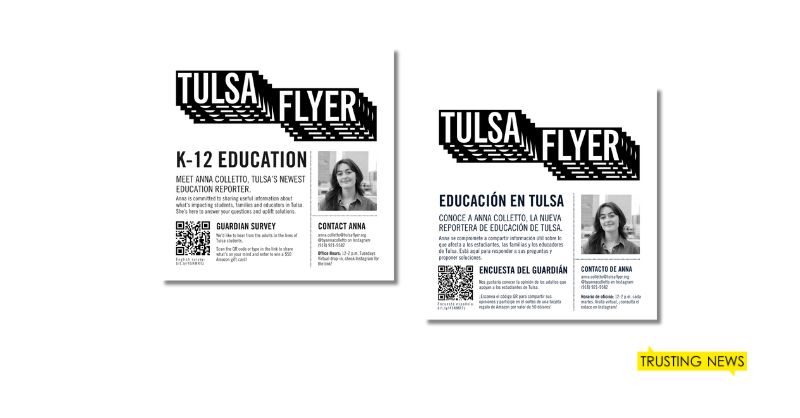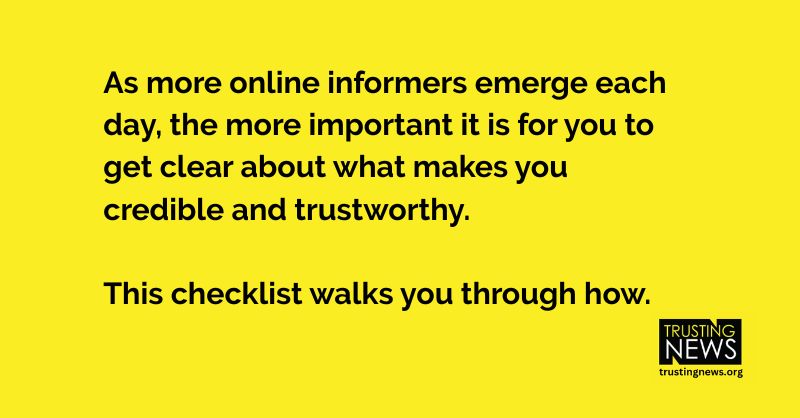
This weekly Trust Tips newsletter shares quick, actionable tips for how journalists can earn and sustain trust. Subscribe to get it in your inbox at trustingnews.org/newsletter.
See two ways journalists showed their process with Kirk coverage
Want to get this Trust Tips newsletter in your inbox each Tuesday? Subscribe here.
We know sharing insight into the reporting process can help improve people’s trust in journalists. Not only is transparency something people say is important to them when evaluating which news is trustworthy, but research also shows that when journalists are clear about the how and why behind their coverage, it helps boost trust.
In today’s newsletter, we’re sharing two recent examples of how journalists did this while covering Charlie Kirk’s assassination.
Behind the scenes at the New York Times
Patrick Healy at The New York Times wrote a behind-the-scenes piece interviewing journalists who were on the ground covering Kirk’s assassination and answering user questions
In the column, Healy walks through the timestamps of the day’s events and includes insights into the newsroom’s internal judgment calls, like how they handled graphic footage and balanced speed with accuracy.
“At 3:01 p.m., we published confirmation of the shooting, and a new round of judgment calls began: Would we show clips of Kirk’s shooting? What words and shorthand would we use for him in headlines — a “right-wing provocateur,” a “conservative activist” or something else? What parts of his ideology — popular on the right, loathed on the left — would we include in coverage?”
What’s great about this is that they touch on processes the public often scrutinizes about media during breaking news situations, such as: how they tried to minimize sensationalism while still being accurate; how they waited for official confirmation to publish; and how they decided which language to use to best describe Kirk. We also appreciate how they said the column was in response to reader questions.

Behind the scenes at Court Watch
Seamus Hughes and Pete Beck, the journalists behind Court Watch, set out to unseal possible search warrants related to Charlie Kirk’s assassination. That work involved a lot of online sleuthing, along with collaboration with legal support (both independent and connected to a major media organization).
They were following a promising lead, so when the search warrant was unsealed and it turned out to be unrelated, instead of leaving that work and investment invisible to their audiences, Hughes wrote about what the process was like.
In the explainer, Hughes took users behind the scenes of what following a reporting trail entailed, walking people through each step from the initial lead through filing a motion to unseal a search warrant. In an era of people wanting to do their own research, the step-by-step is really helpful and illuminating.

Why are these behind-the-scenes glimpses important to building trust?
Most people don’t understand how journalism works. They don’t have a sense of the process — the careful considerations, the grueling ethical decisions and the hours spent. In the absence of that information, people are left to fill in the blanks themselves. And they tend to do that with stereotypes and negative assumptions
This can be especially true during major breaking news situations, which come with heightened attention and scrutiny of news coverage.
Please remember that everything you do before you hit publish is invisible to the public unless you share it. The more journalists can explain how they’re careful and fair, the more they’re able to counter those negative assumptions. Even if people don’t agree with how a journalist handled the reporting, we’ve heard from news consumers that simply understanding the motivation behind coverage can make a journalist seem more trustworthy.
How to replicate this
When should you add transparency elements like this? Consider starting with the stories where people might have questions or complaints. These are the talkers in your newsroom — the polarizing or controversial topics, the sensitive subjects, the major breaking news events.
If you could use help with this, we have two resources for you.
- Breaking News Trust Kit: This toolkit walks you through elements you might want to be transparent about during breaking news situations
- Transparency Trust Kit: This helps guide you through choosing when to be transparent and writing those transparency disclosures.
Still stuck? Let us know where you could use help by replying to this email!!
At Trusting News, we learn how people decide what news to trust and turn that knowledge into actionable strategies for journalists. We train and empower journalists to take responsibility for demonstrating credibility and actively earning trust through transparency and engagement. Learn more about our work, vision and team. Subscribe to our Trust Tips newsletter. Follow us on Twitter, BlueSky and LinkedIn.

Project manager Mollie Muchna (she/her) has spent the last 10 years working in audience and engagement journalism in local newsrooms across the Southwest. She lives in Tucson, Arizona, where she is also an adjunct professor at the University of Arizona’s School of Journalism. She can be reached at mollie@trustingnews.org and on Twitter @molliemuchna.



